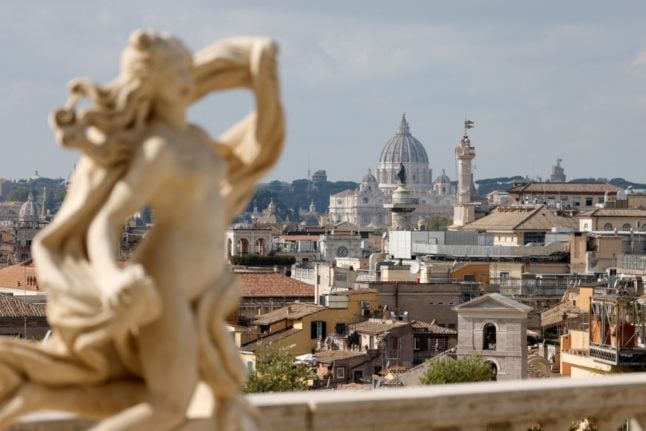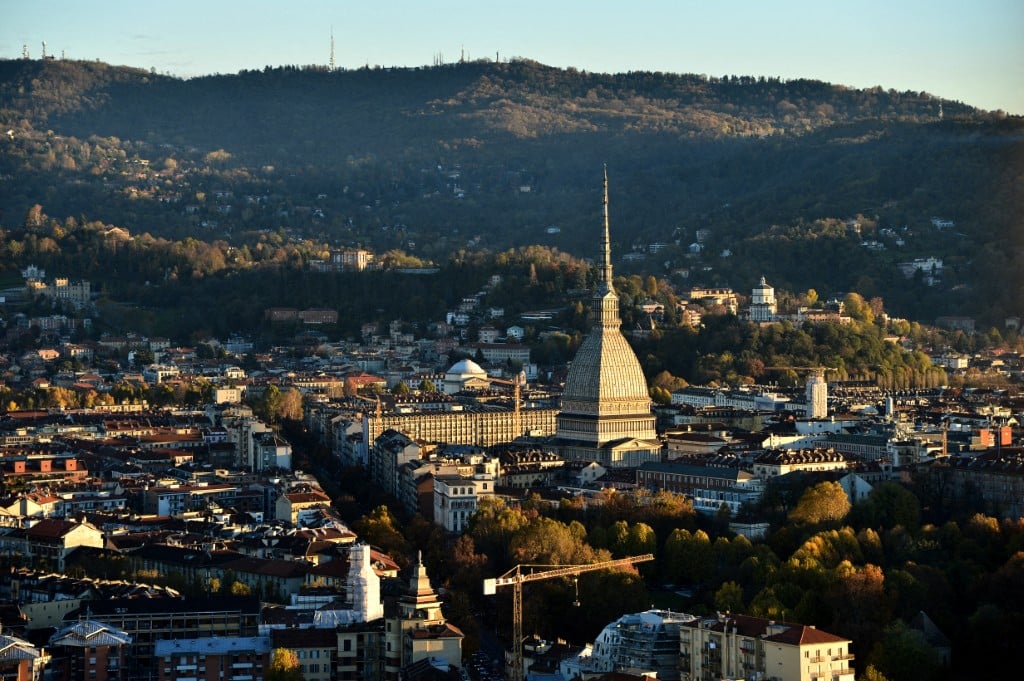Around 20 works by Penone, one of the founders of the 1960s and 1970s Arte Povera (Poor Art) movement, have been assembled for an exhibition entitled “Matrice” in the Palazzo della Civiltà Italiana.
This Mussolini-era hommage to the Colosseum of ancient Rome has since the end of 2015 been home to upmarket fashion house Fendi which is hosting the exhibition.
“I'm Italian and this place relates to a period that was difficult for the country,” the artist told AFP on the eve of the opening.
“It was a celebration of a certain rhetoric of power, a vision of history and a whole series of ideas which were not right and did not take any account of reality,” he added.
“All that gives this building a strange, almost false, aspect that I found interesting to connect to my work, which is very much based in the real,” said the 69-year-old.
The centrepiece of the exhibition is Penone's giant 2015 installation, also called “Matrice” which features a 30-metre long pine trunk that has been dissected and hollowed out to enclose a bronze mould.
Like many of his works, the piece reflects the artist's fascination with the relationship between time and nature, and, in a metaphorical sense, between nature, humanity and decline, he said.
His works in the Leaves of Stone series, where sculpted blocks of marble are combined with bronze trees, are a type of dialogue between the ancient and the contemporary, he added.
Exhibition curator Massimiliano Gioni said Penone's work had a particular resonance in Rome, “a city where culture comes as second nature.”
Another well-known piece is Repeating the Forest, a fairytale forest representation which he worked on from 1969 until last year.
Fir Tree (2013), a more than 20-metre sculpture, is being exhibited for the first time. The exhibition runs until July 16th.




 Please whitelist us to continue reading.
Please whitelist us to continue reading.
Member comments